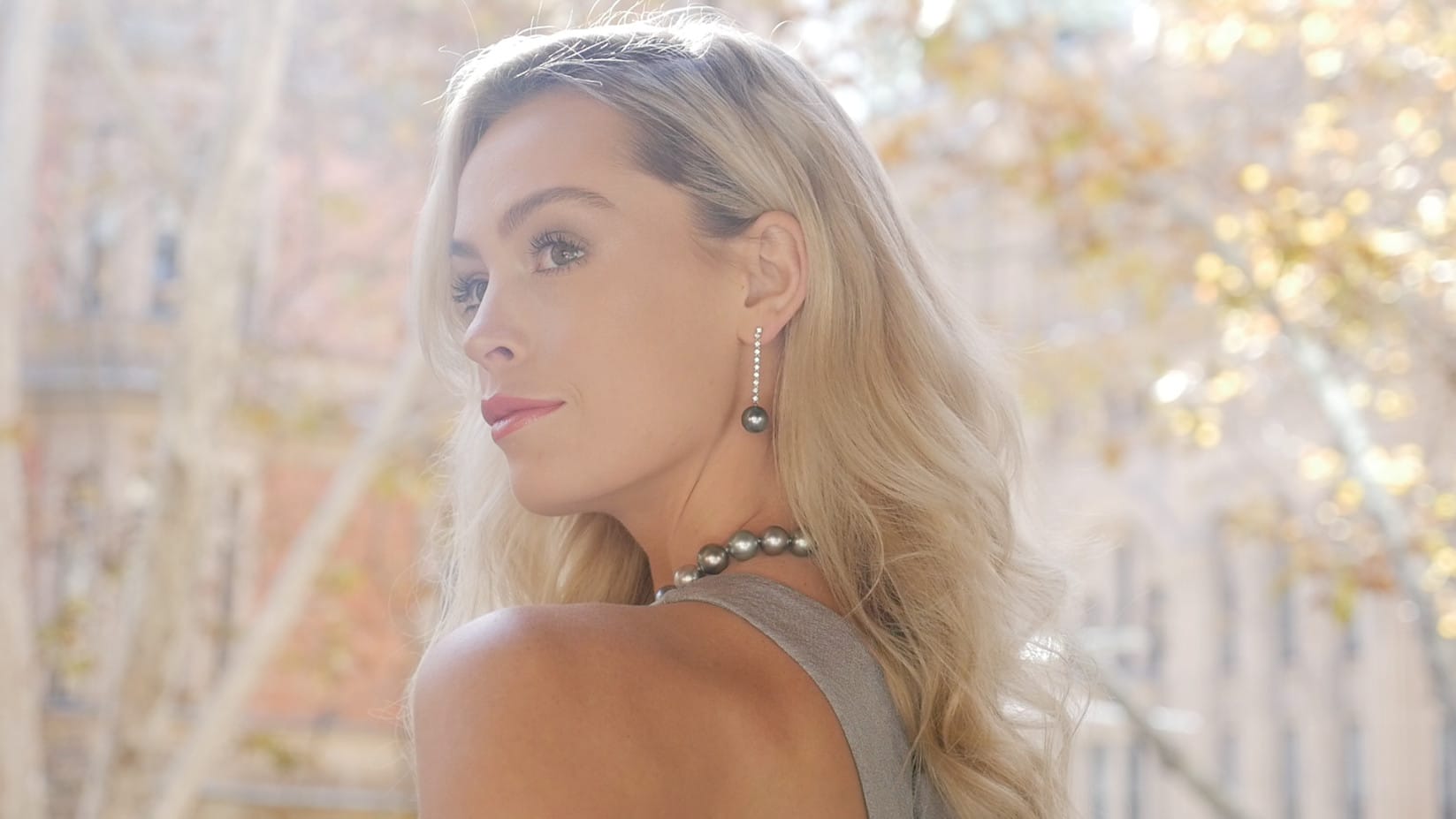Blog
- Recent posts
- Why Are Most Opals Found in Australia?
- 5 Best Methods to Store Jewellery to Keep It From Tarnishing
- All Dressed Up with Nowhere to Go: How fine jewellery sales bounced back after COVID-19
- Why Opals Are Everyone’s Favourite Australian Gemstones
- The Reason Behind Mysterious Colour Changes of Your Opal Pendant
- Categories
- Archive
Pearls – How Are They Made And How Do They Get Their Colours?
In Pearl Jewellery07 Mar 2019 | No Comments
“The pearl is the queen of gems and the gem of queens.”
– Grace Kelly
What are pearls?
Pearls are different from other gems in that these unique stones come from living creatures. Found in the shells of living mollusks (oysters and mussels), these lustrous stones come in a variety of colours including white, black, pink and green. Although you will most commonly see pearls in a spherical shape, these are actually the most rare. More common shapes include oval, semi-round, pear, drop, button and baroque.
How are pearls made?
Although some pearls can be artificially made, natural pearls actually occur when a parasite enters the mollusk. Over time, the mollusk will cover the parasite and begin to form layers of “nacre” around it
What is “nacre”?
Look inside any oyster and you’ll see a beautiful iridescent material lining the shell. This is nacre. As this materials continues to lawyer around the parasite, a pearl is formed. The thicker the nacre, the more durable the pearl, which means the process can also take awhile. Of course, these days, naturally-occurring pearls are extremely rare. In fact, out of the 8,000 different species of mollusks, only 20 of them regularly make pearls – that’s only 0.25%
Cultured pearls vs natural pearls
Because naturally-occurring pearls are rare, you will often see “cultured pearls”. These are formed in the same way as a natural pearl, except that instead of a parasite finding its way into the mollusk, we insert a shell bead nucleus into the oyster.
There are two main categories of cultured pearls: freshwater and saltwater. Freshwater pearls tend to be seen as less valuable, but they do come in a larger range of shapes and colours. Saltwater pearls, on the other hand, are more valuable and can be found in different locations.
How do pearls get their colour?
Although most people will be familiar with the image of a white pearl necklace, these gems come in a variety of stunning colours such black, green, pink, and gold. Although some jewellers will dye pearls to achieve this colour artificially, there are a number of natural factors which affect a pearl’s colour. A few of these include:
● The type of shell. For example, black Tahitian pearls can be found in the Pinctada margaritifera oyster, which has a gray and silver shell, and is the only mollusk to form black pearls naturally. Similarly, Golden South Sea pearls are created by the gold-lipped oyster.
● The thickness of the nacre. The thicker the nacre (and the longer the pearl has been growing), the more vibrant and richer the colour of the pearl. If there is only a thin nacre, the pearl’s colour will be less intense and shiny.
● Irradiation treatment. In this process, the pearl is hit with gamma rays that darken the pearl. For saltwater pearls, this results in a silvery or gunmetal colour. For freshwater pearls, this results in a black pearl with high lustre.
Want to find your perfect pearl? Get in touch with the team at Volle today and we’ll talk you through identifying the ideal pearl for you.

